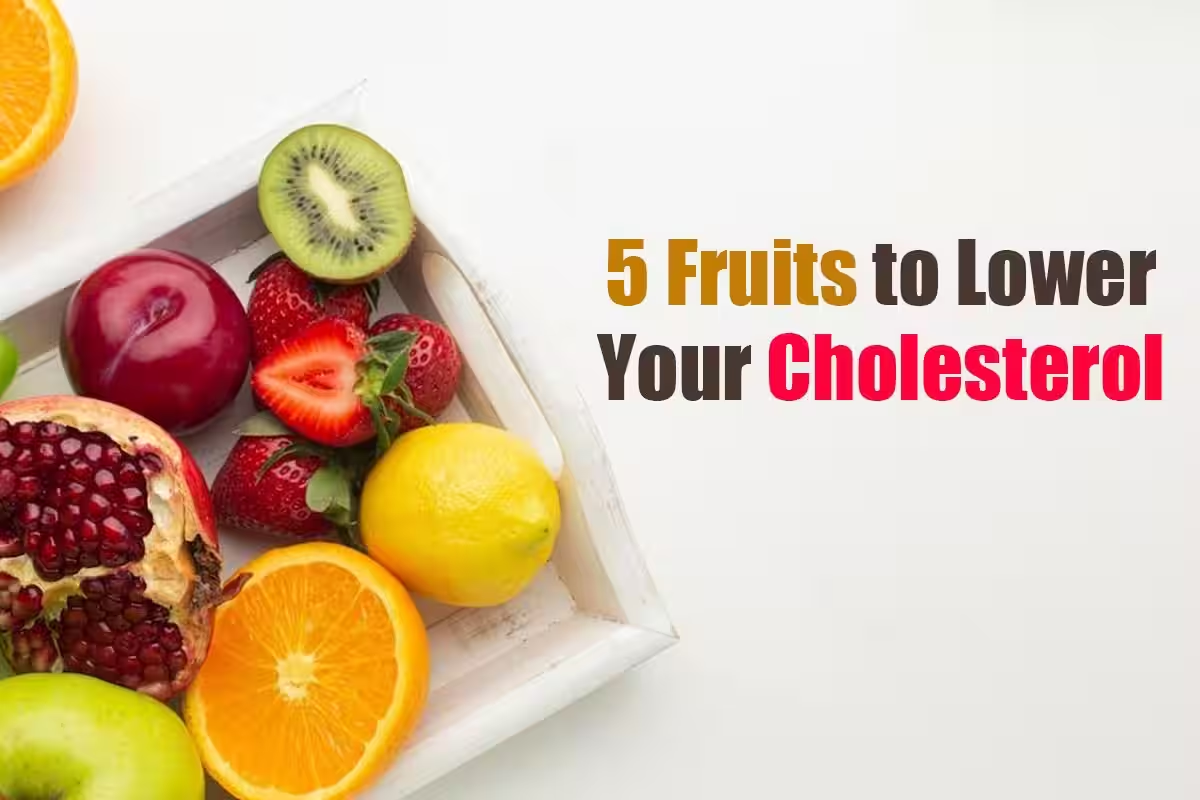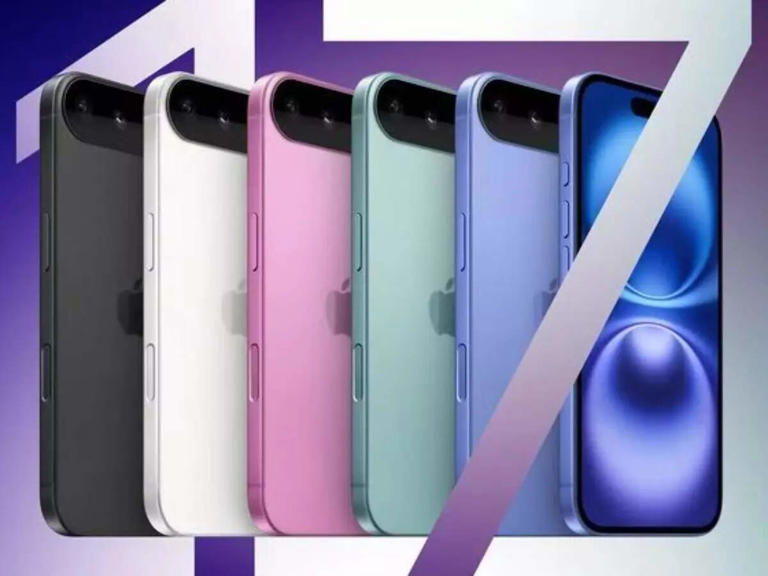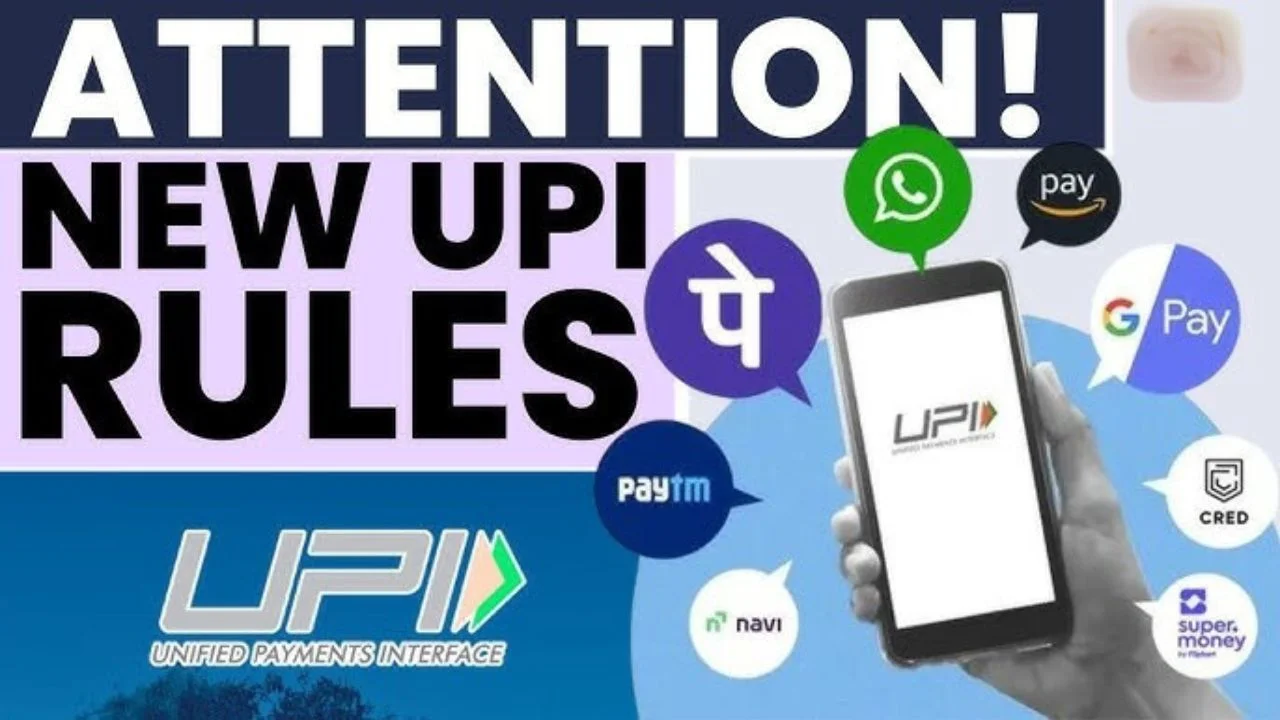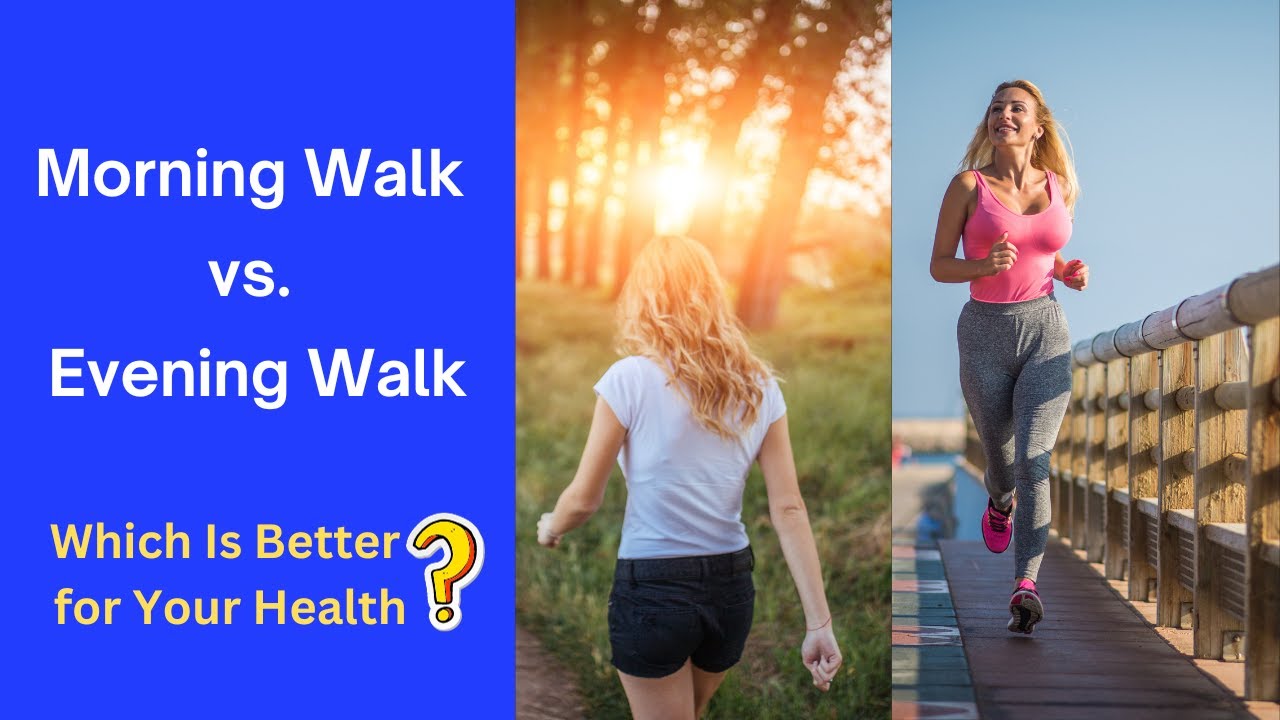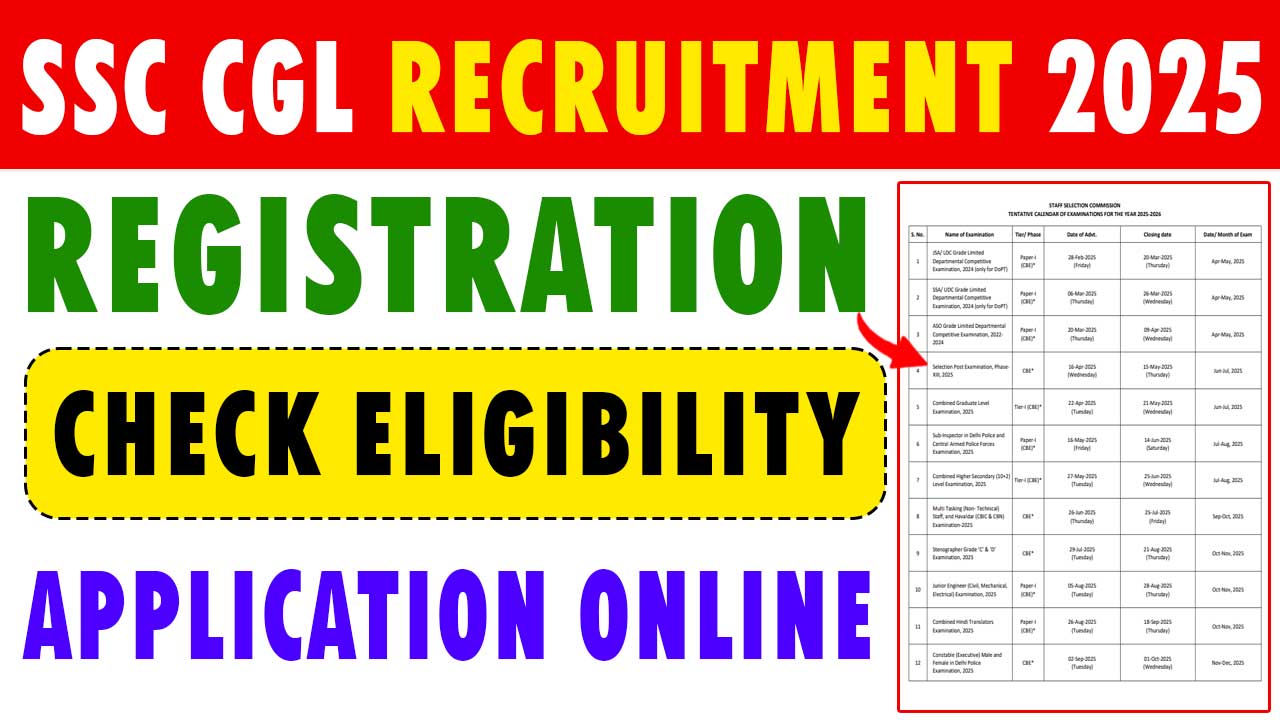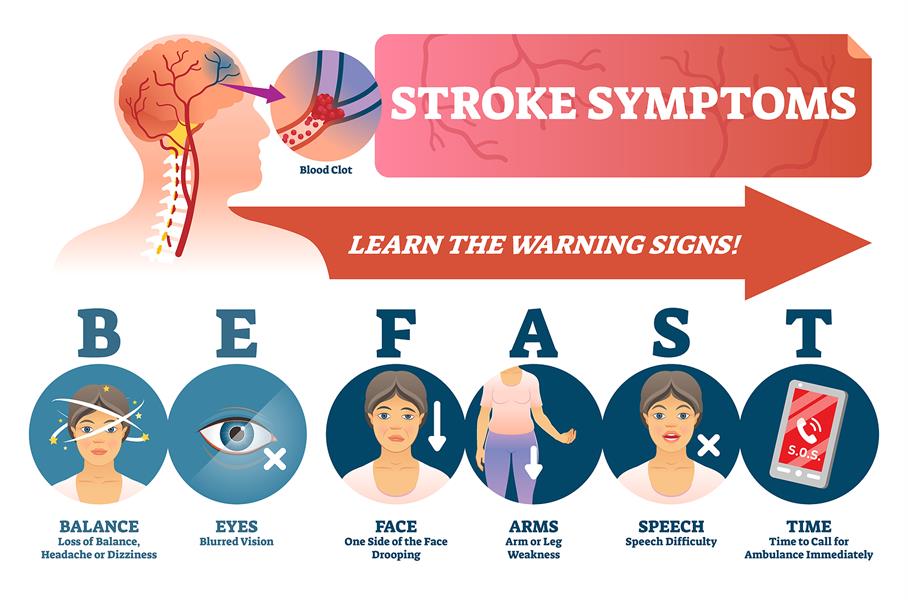
A stroke is a medical emergency that occurs when the blood supply to part of the brain is interrupted or reduced. This can deprive brain tissue of oxygen and nutrients, leading to brain damage or death within minutes. Recognizing the early warning signs of a stroke and seeking immediate medical help can save lives and significantly improve recovery chances.
Let’s break down the key early warning signs, understand their causes, and know what to do when they occur.
🧠 What Is a Stroke?
A stroke happens when:
- Ischemic stroke: A blood clot blocks a blood vessel in the brain.
- Hemorrhagic stroke: A blood vessel in the brain bursts and bleeds into the surrounding tissues.
- Transient Ischemic Attack (TIA) or mini-stroke: Temporary blockage with symptoms lasting a few minutes to hours.
Every minute counts. “Time lost is brain lost.”
🚨 Early Warning Signs of Stroke: BE FAST
Use the acronym BE FAST to remember the most common symptoms:
B – Balance
- Sudden loss of balance or coordination
- Dizziness or trouble walking
E – Eyes
- Blurred vision or sudden loss of vision in one or both eyes
- Double vision
F – Face Drooping
- One side of the face appears droopy or numb
- Uneven smile
A – Arm Weakness
- Sudden numbness or weakness in one arm
- Inability to raise both arms evenly
S – Speech Difficulty
- Slurred speech
- Inability to speak or understand others
T – Time to Call Emergency Services
- If any of these symptoms are present, call emergency medical services immediately (e.g., 112 or 911).
- Do not wait or drive yourself/the patient.
🧩 Other Warning Signs You Shouldn’t Ignore
- Sudden confusion or trouble understanding speech
- Severe, sudden headache with no known cause
- Sudden numbness or weakness, especially on one side of the body (face, arm, or leg)
- Sudden difficulty swallowing
- Loss of consciousness or fainting
- Sudden difficulty walking or coordination problems
🧬 Who Is at Risk?
Some people are more prone to strokes due to certain risk factors:
🔴 Major Risk Factors:
- High blood pressure
- Diabetes
- High cholesterol
- Smoking
- Obesity
- Excessive alcohol consumption
- Family history of stroke or heart disease
- Sedentary lifestyle
⚠️ Others at Risk Include:
- People over 55
- People with heart conditions (like atrial fibrillation)
- Women taking birth control pills with other risk factors
- People under extreme stress or with poor sleep habits
🧑⚕️ What To Do if You Notice Stroke Symptoms?
- Call Emergency Services Immediately
- Do not wait to see if symptoms go away.
- Note the Time
- Time of symptom onset is critical for treatment decisions.
- Do Not Give Food, Drink, or Medicine
- Risk of choking is high; wait for medical professionals.
- Stay Calm and Keep the Person Still
- Minimize movement until help arrives.
🧠 Importance of Immediate Action
- The most effective stroke treatments (like clot-busting drugs) must be given within 3–4.5 hours of the first symptoms.
- Every minute after a stroke starts, the brain loses about 2 million neurons.
- Acting fast reduces disability, enhances recovery, and increases survival rates.
✅ How to Reduce Your Risk of Stroke
- Control Blood Pressure – Monitor regularly.
- Eat a Heart-Healthy Diet – Less salt, saturated fat; more fruits, veggies.
- Stay Physically Active – Aim for 30 minutes a day.
- Avoid Tobacco and Limit Alcohol – Both increase stroke risk.
- Manage Stress – Try yoga, meditation, or breathing exercises.
- Get Regular Check-Ups – Screen for cholesterol, blood sugar, and heart health.
🧾 Summary
| Symptom | What It Means | Action to Take |
|---|---|---|
| Face drooping | Facial muscle weakness | Check smile, call emergency |
| Arm weakness | Can’t raise one arm | Try lifting both arms |
| Speech issues | Slurred, unclear speech | Ask them to repeat a sentence |
| Sudden headache | May indicate hemorrhagic stroke | Seek medical attention immediately |
| Vision trouble | Blurred or loss of vision | Check both eyes |
🧘 Final Thoughts
A stroke can happen to anyone, at any age. But awareness, timely recognition, and fast action can make all the difference.
👉 BE FAST can help you save a life — maybe even your own.
